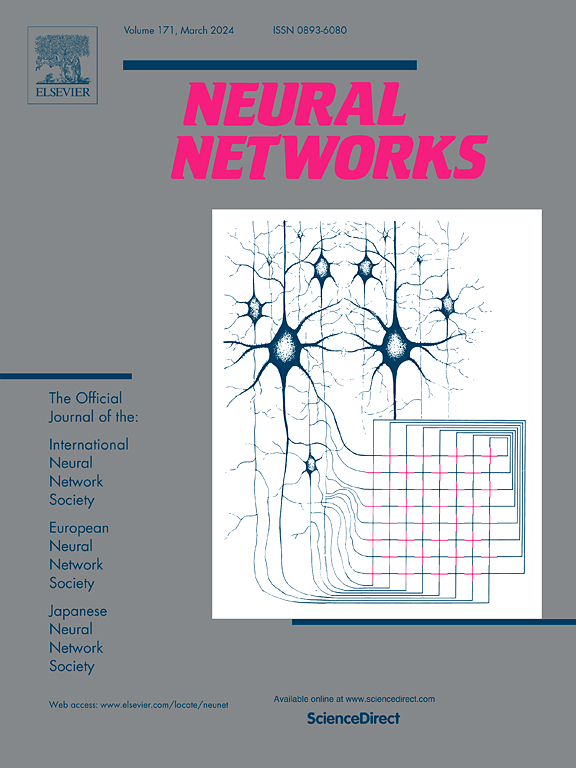PRformer: Pyramidal recurrent transformer for multivariate time series forecasting
IF 6
1区 计算机科学
Q1 COMPUTER SCIENCE, ARTIFICIAL INTELLIGENCE
引用次数: 0
Abstract
The self-attention mechanism in Transformer architecture, invariant to sequence order, necessitates positional embeddings to encode temporal order in time series prediction. We argue that this reliance on positional embeddings restricts the Transformer’s ability to effectively represent temporal sequences, particularly when employing longer lookback windows. To address this, we introduce an innovative approach that combines Pyramid RNN embeddings (PRE) for univariate time series with the Transformer’s capability to model multivariate dependencies. PRE, utilizing pyramidal one-dimensional convolutional layers, constructs multiscale convolutional features that preserve temporal order. Additionally, RNNs, layered atop these features, learn multiscale time series representations sensitive to sequence order. This integration into Transformer models with attention mechanisms results in significant performance enhancements. We present the PRformer, a model integrating PRE with a standard Transformer encoder, demonstrating state-of-the-art performance on various real-world datasets. This performance highlights the effectiveness of our approach in leveraging longer lookback windows and underscores the critical role of robust temporal representations in maximizing Transformer’s potential for prediction tasks.
PRformer:用于多元时间序列预测的金字塔形循环变压器
Transformer体系结构中的自关注机制对序列顺序是不变的,因此需要在时间序列预测中使用位置嵌入对时间顺序进行编码。我们认为这种对位置嵌入的依赖限制了Transformer有效表示时间序列的能力,特别是在使用较长的回望窗口时。为了解决这个问题,我们引入了一种创新的方法,将用于单变量时间序列的金字塔RNN嵌入(PRE)与Transformer建模多变量依赖关系的能力相结合。PRE利用金字塔形的一维卷积层,构建了保持时间顺序的多尺度卷积特征。此外,rnn在这些特征之上分层,学习对序列顺序敏感的多尺度时间序列表示。将这种集成到具有注意机制的Transformer模型中可以显著提高性能。我们介绍了PRformer,一个将PRE与标准Transformer编码器集成在一起的模型,在各种实际数据集上展示了最先进的性能。这种性能突出了我们的方法在利用更长的回顾窗口方面的有效性,并强调了健壮的时间表示在最大化Transformer的预测任务潜力方面的关键作用。
本文章由计算机程序翻译,如有差异,请以英文原文为准。
求助全文
约1分钟内获得全文
求助全文
来源期刊

Neural Networks
工程技术-计算机:人工智能
CiteScore
13.90
自引率
7.70%
发文量
425
审稿时长
67 days
期刊介绍:
Neural Networks is a platform that aims to foster an international community of scholars and practitioners interested in neural networks, deep learning, and other approaches to artificial intelligence and machine learning. Our journal invites submissions covering various aspects of neural networks research, from computational neuroscience and cognitive modeling to mathematical analyses and engineering applications. By providing a forum for interdisciplinary discussions between biology and technology, we aim to encourage the development of biologically-inspired artificial intelligence.
 求助内容:
求助内容: 应助结果提醒方式:
应助结果提醒方式:


